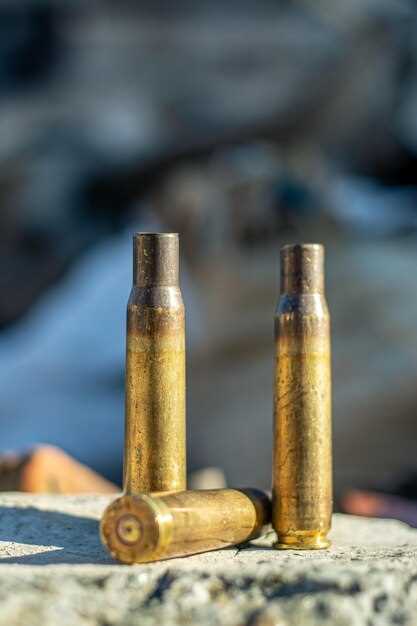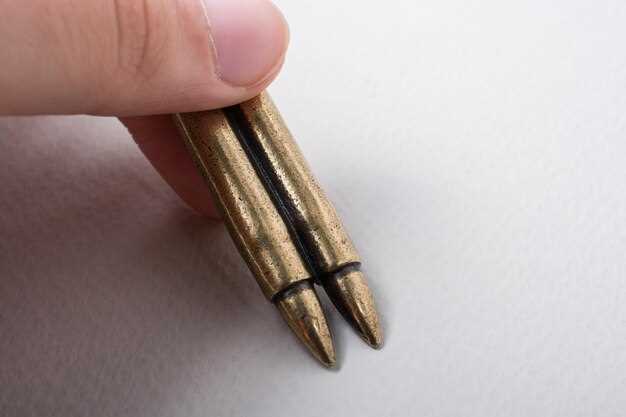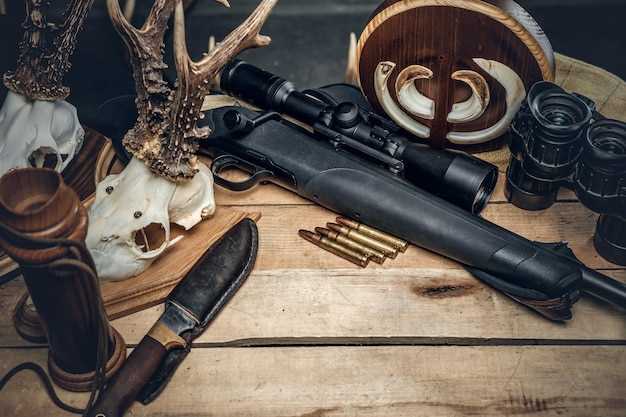
Reloading your own ammo – beginner’s guide

Reloading your own ammo can be a rewarding and cost-effective hobby for firearm enthusiasts. By taking control of the ammunition you use, you not only save money but also have the ability to customize loads to your specific needs and preferences. This guide is designed to help beginners navigate the fundamentals of reloading, providing essential information and tips to get started safely and efficiently.
Understanding the reloading process involves familiarizing yourself with the necessary equipment, materials, and safety protocols. From selecting the right components, such as brass, primers, powders, and projectiles, to using various reloading tools, each step requires careful attention to detail. As you embark on this journey, you’ll discover the satisfaction of creating your own ammunition tailored to your shooting style.
Safety must always be your top priority when reloading ammo. Following best practices and knowing how to handle materials properly will minimize risks and ensure a positive experience. This guide will outline crucial safety tips, gear recommendations, and basic techniques to help you establish a solid foundation in the world of ammunition reloading.
Choosing the Right Equipment for Ammo Reloading

When embarking on the journey of reloading your own ammo, selecting the correct equipment is crucial for both safety and efficiency. First, consider the reloading press. Single-stage presses are ideal for beginners, offering simplicity and control, while progressive presses allow for higher volume production, suitable for more experienced reloaders.
Another essential piece of equipment is the scale. A reliable scale ensures the accurate measurement of powder charges, which is vital for achieving consistent performance and preventing dangerous overloads.
Additionally, you will need a set of reloading dies that correspond to the caliber of ammo you intend to reload. These dies are responsible for resizing cases, seating bullets, and crimping, so make sure to choose high-quality options from reputable manufacturers.
Case preparation tools like case trimmers, deburring tools, and cleaning equipment are also important. Properly cleaned and sized cases contribute to reliable reloading and enhance overall accuracy.
Don’t forget safety equipment such as safety glasses and hearing protection, as reloading can involve loud noises and the risk of debris. Investing in a good reloading manual is also essential, as it provides valuable information on loads, components, and safe reloading practices.
Finally, consider storage solutions for your components and tools. Keeping everything organized will streamline the reloading process and improve your efficiency in producing high-quality ammunition.
Step-by-Step Process for Reloading Different Calibers

Reloading your own ammo can be a rewarding and cost-effective venture. However, the process varies depending on the caliber you are working with. Below is a step-by-step guide tailored for reloading various calibers.
1. Gather Your Materials: Before starting, ensure you have all necessary components, including brass casings, primers, powder, and projectiles specific to the caliber. Choose the appropriate reloading equipment, such as a press and dies.
2. Clean the Brass: Inspect and clean the brass casings thoroughly to remove dirt and residue. This can be done using a tumbler or ultrasonic cleaner, which helps ensure consistent performance in your reloaded ammo.
3. Size the Cases: Using a resizing die, resize each brass casing to ensure it fits your chamber correctly. This step is crucial for calibers that experience expansion after firing. Lubricate the cases if necessary to prevent sticking.
4. Trim the Brass: Measure the length of each case with a caliper. If any cases exceed the specified length for your caliber, trim them to the appropriate size to avoid pressures that can occur from excessively long cases.
5. Prime the Cases: Insert the primers into the cleaned and resized cases. Use a hand priming tool or the priming feature on your press. Ensure that the primers are seated to the correct depth for reliable ignition.
6. Measure and Add Powder: Consult reliable loading data for the specific caliber and choose the right powder type and charge weight. Use a digital scale to measure the powder accurately, then pour it into the primed cases.
7. Seat the Bullets: Using a bullet seating die, carefully seat the projectile to the correct overall length. It is important to ensure that the bullet is firmly seated but not compressed excessively, which can lead to inconsistent ballistics.
8. Crimping (if needed): Depending on the caliber and bullet type, crimping might be necessary to secure the bullet in place. This step is particularly important for semi-automatic rounds to prevent bullet setback during cycling.
9. Inspect and Test: Visually inspect each round to ensure it meets quality standards. Check for proper seating, crimp, and overall appearance. After that, conduct a test fire with a small batch to verify the reloaded ammo functions reliably in your firearm.
10. Store Properly: Once you have successfully reloaded your ammo, store it in a cool, dry place in labeled containers to prevent confusion. Always keep loaded ammo away from children and in compliance with local regulations.
By following these steps tailored for different calibers, you can confidently reload ammo that is accurate and reliable, enhancing your shooting experience while saving money in the long run.
Safety Precautions and Best Practices for Reloading Ammo
When engaging in diy reloading, it is crucial to prioritize safety to protect yourself and others. Here are some essential precautions and best practices to follow:
1. Use a Dedicated Reloading Area: Designate a specific space for reloading that is free from distractions and away from flammable materials. Ensure proper ventilation to minimize exposure to potentially harmful fumes.
2. Wear Appropriate Safety Gear: Always use safety glasses to protect your eyes from any potential debris. Consider wearing a dust mask or respirator to avoid inhaling fine particles from powders and primers.
3. Follow Manufacturer Guidelines: Stick to the reloading recipes and specifications provided by reputable sources. Each cartridge type has specific measurements for components like powder weights and bullet types.
4. Keep Materials Organized: Store powders, primers, and other components separately in labeled containers. Maintain a clean workspace to reduce the risk of cross-contamination and accidents.
5. Avoid Overloading: Never exceed the recommended load data. Overloading can lead to dangerous pressure levels that may cause equipment failure or personal injury.
6. Check Weights Carefully: Utilize a digital scale for accurate measurement of powder charges. Double-check your measurements to prevent mistakes that could compromise safety.
7. Inspect Cases Thoroughly: Before reloading, inspect brass cases for signs of wear, cracking, or deformation. Discard any damaged cases to prevent malfunctions.
8. Store Finished Rounds Safely: Keep completed ammunition in a secure location, away from heat and humidity. Use appropriate containers to prevent accidental discharge.
9. Stay Focused: Ensure you are mentally alert while reloading. Avoid multitasking or reloading when fatigued, as this can lead to costly errors.
10. Seek Education: Continuously educate yourself through books, courses, and forums on reloading practices. Knowledge helps in making informed decisions regarding safety and efficiency.
By adhering to these safety precautions and best practices, you can engage in reloading with confidence, ensuring a safer and more enjoyable experience.




